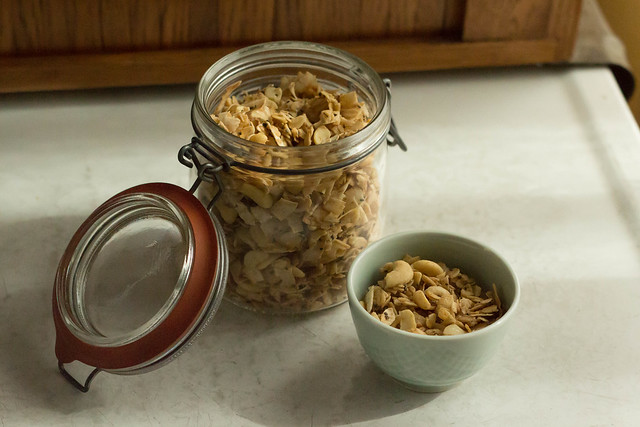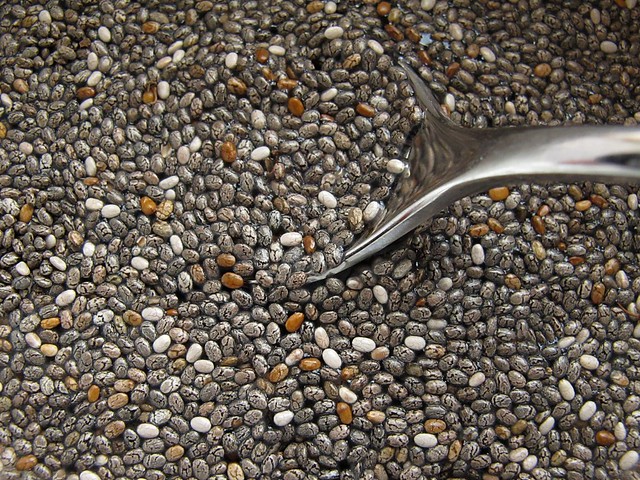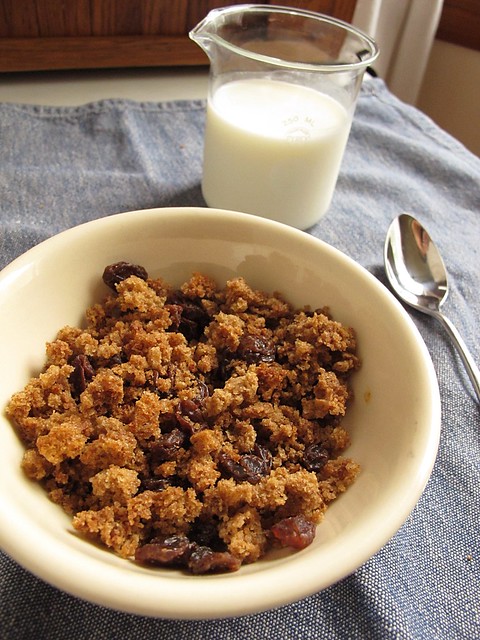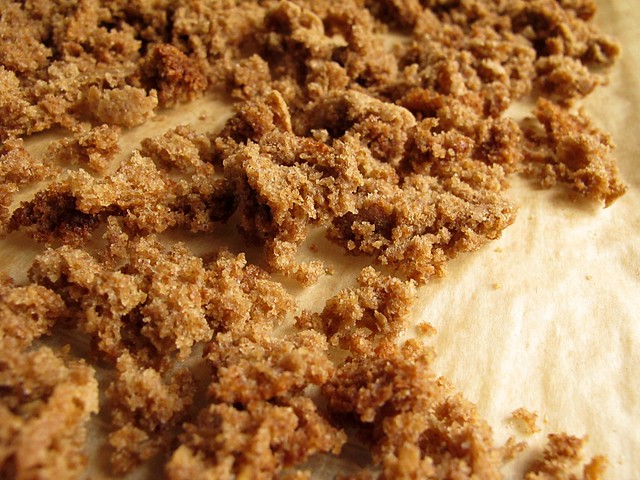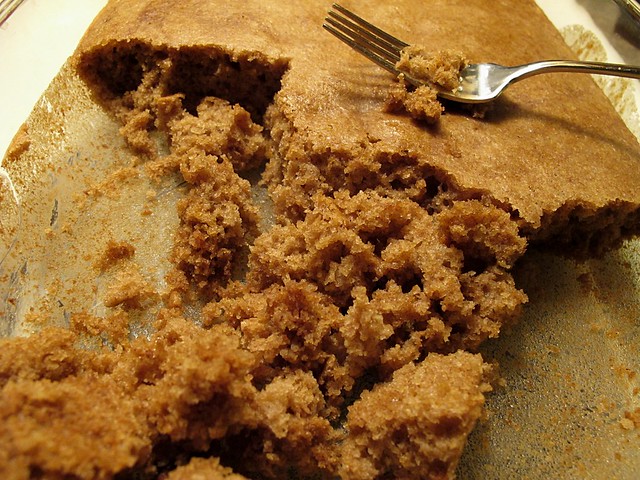Do you dream of sweets? Do you go through your days thinking about desserts, when you can make them and how often you should eat them? Do you read entirely too much information on how sugar reacts to your body, your child's body, the bodies of laboratory animals? Do you wonder if you are truly addicted to sugar and if you really could cut it out of your diet completely for 30, 60, 90 days, or maybe even a whole year?
That's me. I don't want to think that I have a sugar problem, I don't want to think that I shouldn't maybe eat sugar each and every day but sometimes I wonder if all the sugar reduction hype holds some water. The latest book I read on the subject, I Quit Sugar, tells me that as an adult woman, I should eat no more than 6 teaspoons a day - and that the sugar involved is not just refined sugar but the sugar present in fruit as well. It was nothing I haven't read before, in many different places and formats, but the simplicity of the information did make me consciously want to reduce my sweet tooth again. It's hard for someone who dreams of sweets. I wish I were one of those people who don't have a sweet tooth. I don't know about those people; I just can't understand them.
My natural approach to life, gifted to me no doubt by my beyond wonderful parents, is one of moderation. Eat some cake, just eat one you made yourself and don't eat the whole cake. And don't eat the whole cake you made yourself every day. But even in my moderation sometimes I feel like I just can't get sugar out of my head, like it truly is an addiction. During those times, I like to reduce even more than usual. I like to see if I can go a whole day or two without any sweet stuff at all. Maybe even longer.
That happened recently and I switched to green smoothies and cut out desserts completely. If I felt deprived (and I did) I grabbed a soup spoon and set out for the jar of coconut manna. Seriously. It helps. And I also made a variation of a granola recipe in the I Quit Sugar book, which is a surprisingly great granola all by itself, sugar reduction or not.
The story of the coconut granola actually goes back a month or so ago when my neighbor asked if I had tried Dang Coconut chips. I hadn't. I actually didn't want to tell her that it's not in my budget at all to buy prepared or packaged snacks. But the same day we talked I did go out and buy a bag because she said they were awesome, and she also said that it was something we should be able to make. She was right: they were awesome (though, truthfully I thought they were almost too sweet), and I did think that for sure it was something I could produce from my home kitchen. I didn't put the thick cut coconut chips on my bulk grocery list until I read about this granola however - the flavor profile fittingly similar to Dang's being salty, sweet, crunchy. I think it's a win.
Sarah Wilson makes this granola without the oats, but I'm not about to go grain free when cutting out sugar... and besides I have a hard time thinking about a granola without rolled oats. It almost makes me sad.
Coconut Granola (adapted from Sarah Wilson)
makes about 7 cups
- 3 c. thick cut coconut flakes
- 2 c. cashews
- 2 c. rolled oats
- 2 T. chia seeds
- 1 t. ground cinnamon
- 1 t. ground ginger
- 1/2 t. kosher salt
- 1/4 c. melted coconut oil
- 1/4 c. brown rice syrup
Preheat oven to 325. Mix all of the ingredients in a large bowl and mix well to coat. Spread evenly on a parchment lined baking sheet and place in the center of the oven. Start checking at 20 minutes for doneness: you want the granola to be deep golden but not burnt. Stir a few times as you see fit. It will seem very wet and you'll wonder how it will ever be crispy but it will. After it's golden brown, remove from the oven. Use a spatula to scrape it into a mound and let it cool completely. Then store it in glass jars in the freezer, where it will stay extra crisp until you eat it.
There is should always be a voice of reason when reading diet related information. We all know sugar isn't the best for us, but is it really that bad? Do I really feel that much better when I'm not eating gobs of it? I do, I'll admit. I enjoyed the posts that Local Kitchen did on sugar last year, and it made me feel confident that a moderate approach to the topic is all that I really want for myself. And maybe when I start getting that sugar-junkie feeling creep up on me, then I dial back and choose non-sweet alternatives, crunchy, barely-sweet alternatives like this granola for a few weeks and then I feel much better. And then I can go back to dreaming about desserts.

